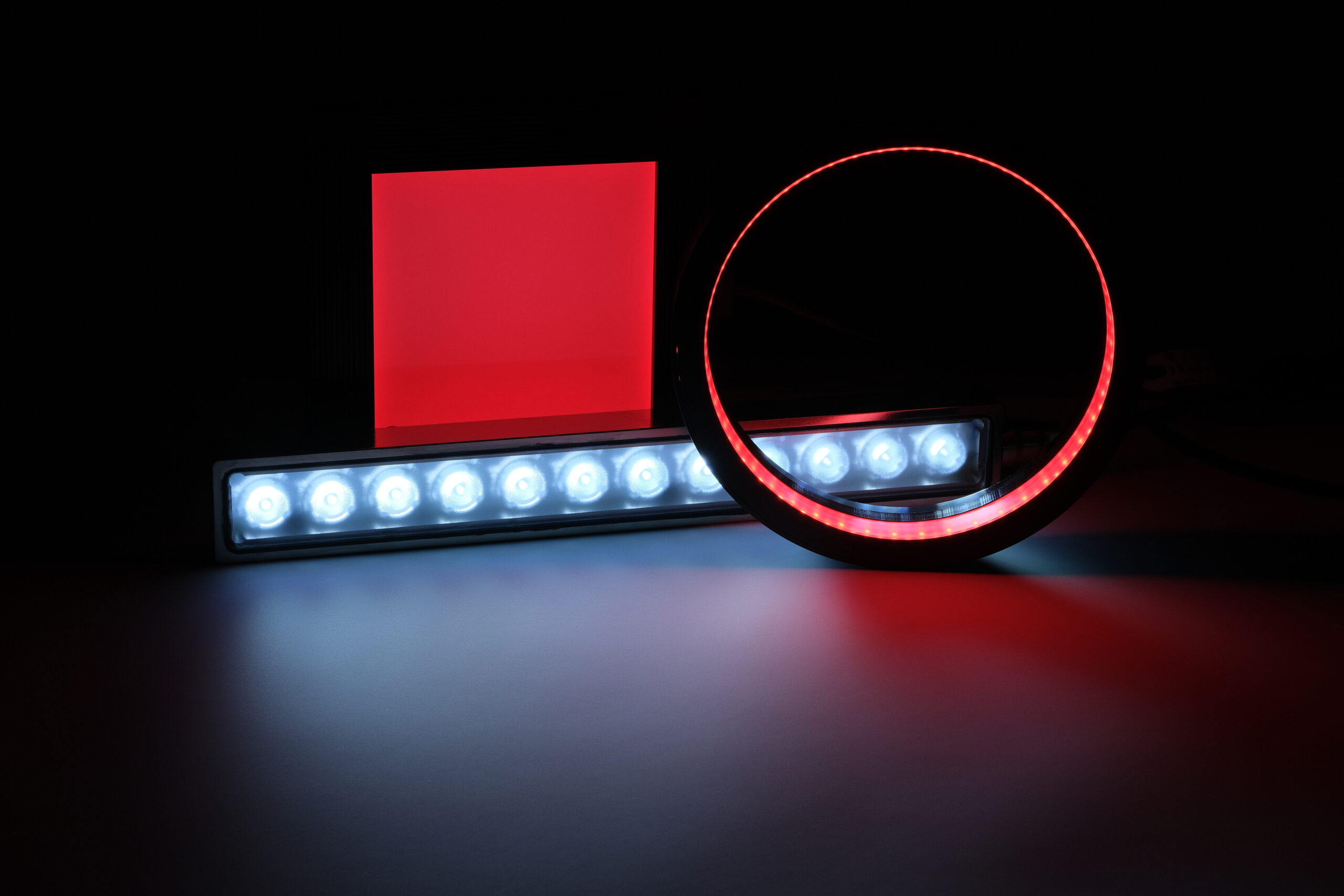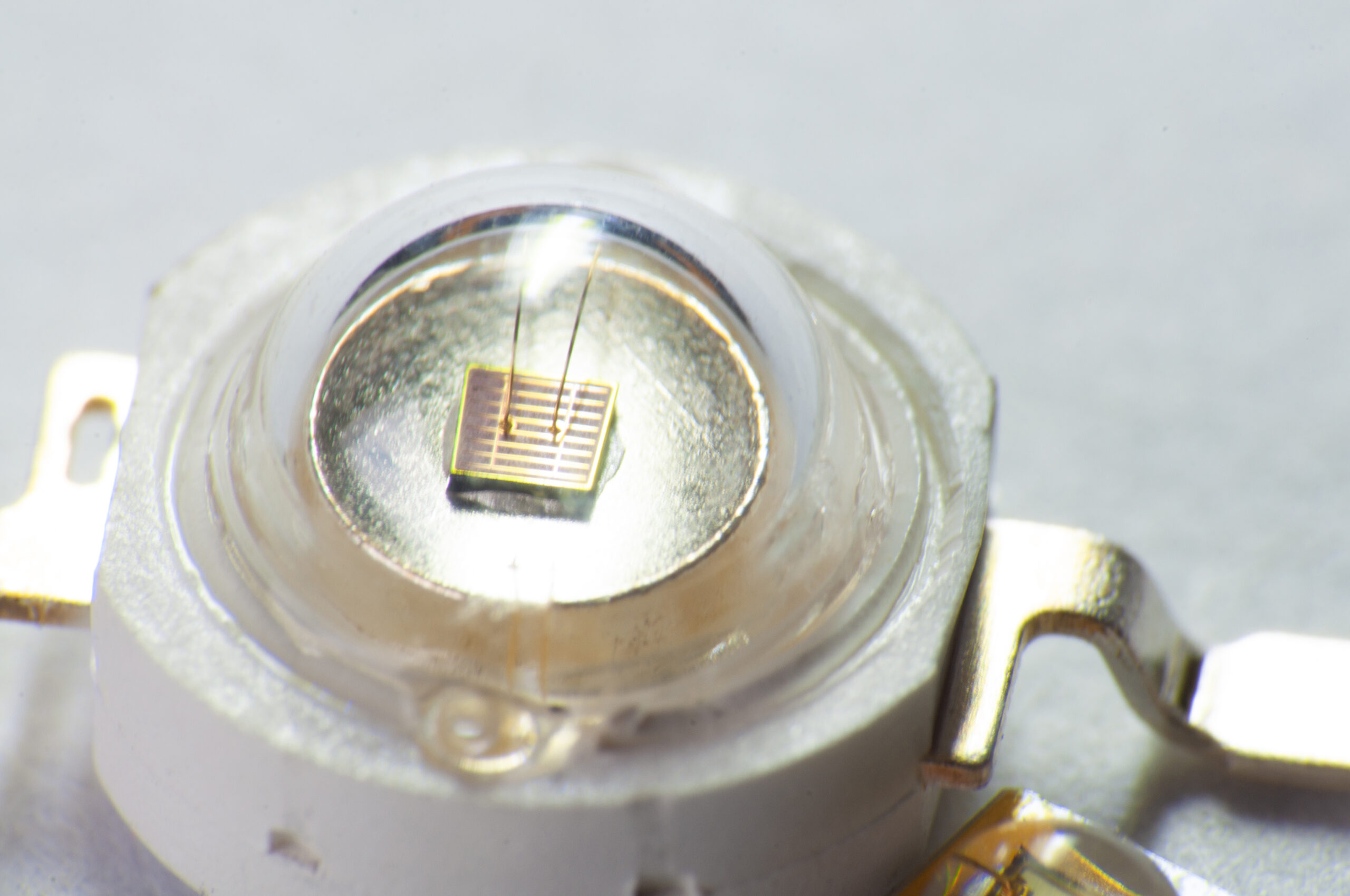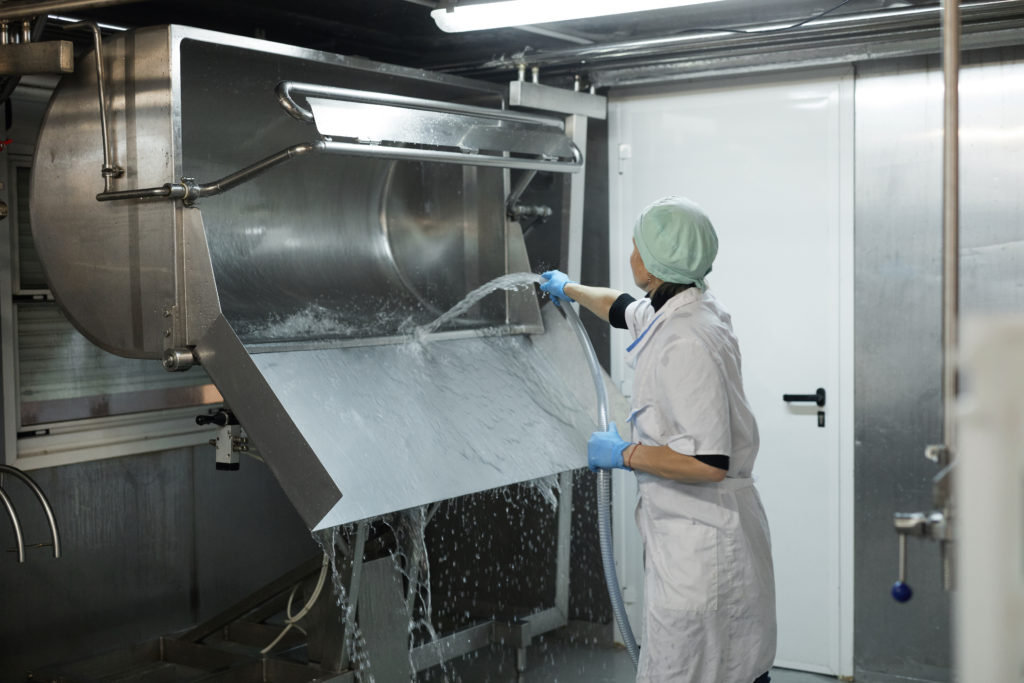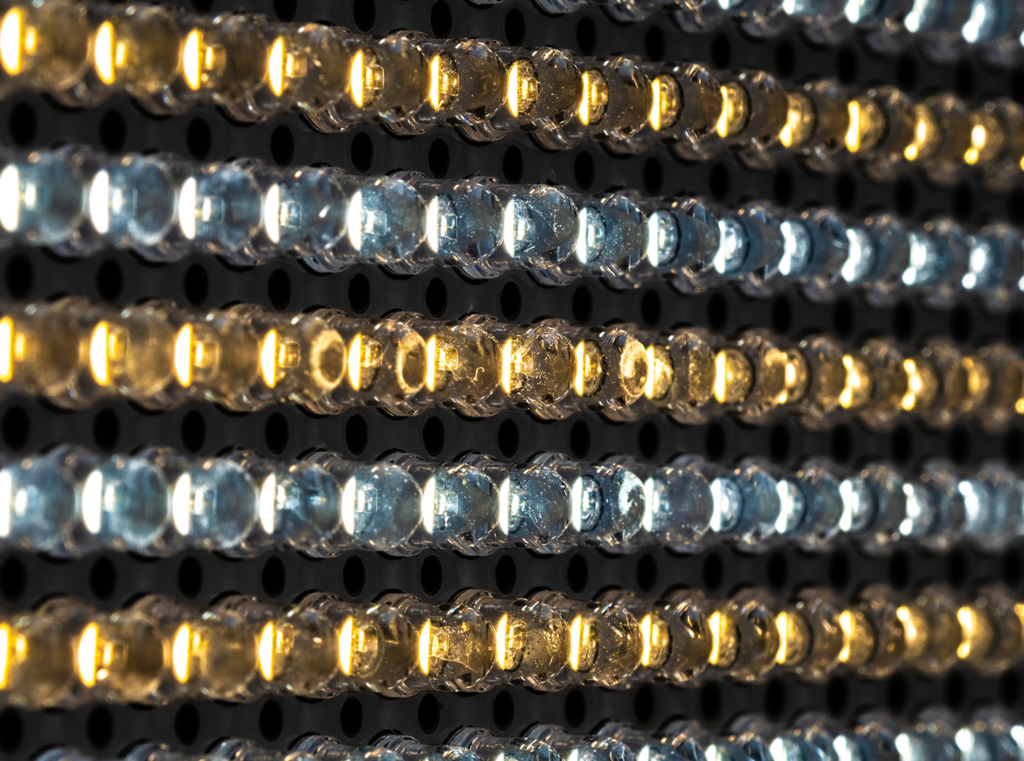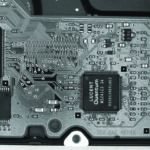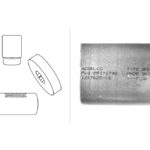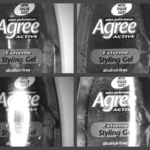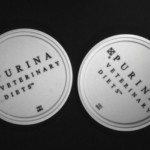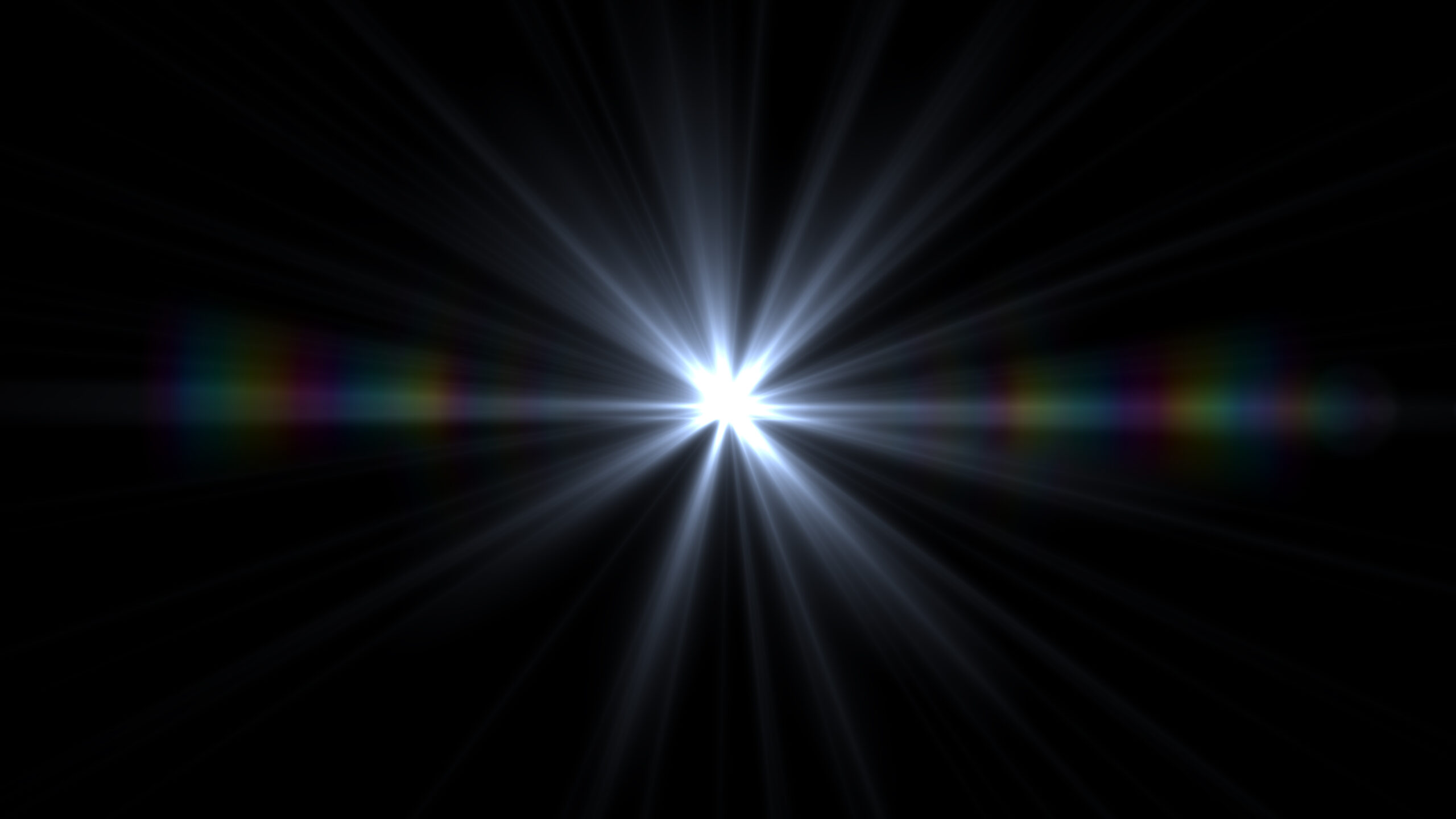
How Overdrive Strobe Changed the Machine Vision Industry
Overdrive Strobe technology transformed machine vision capabilities. Read about the pioneering work of Advanced Illumination that overcame the limitations of early LEDs and explore the lasting impact of this technology on industrial automation.
Read More